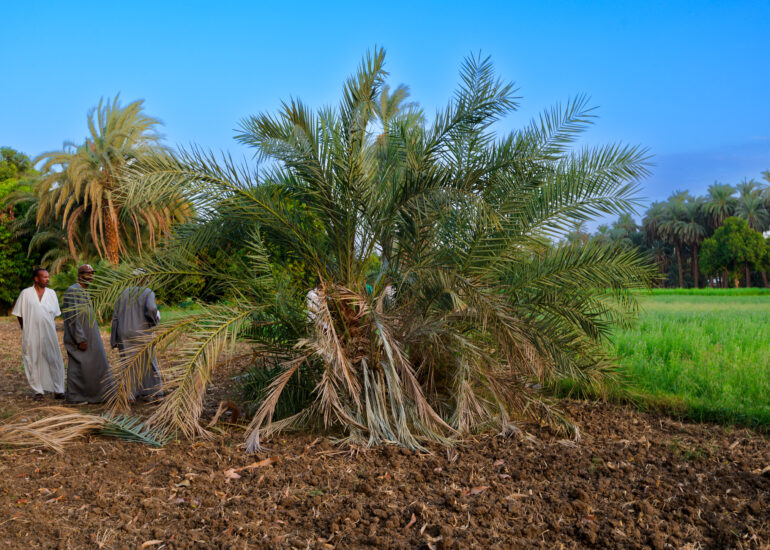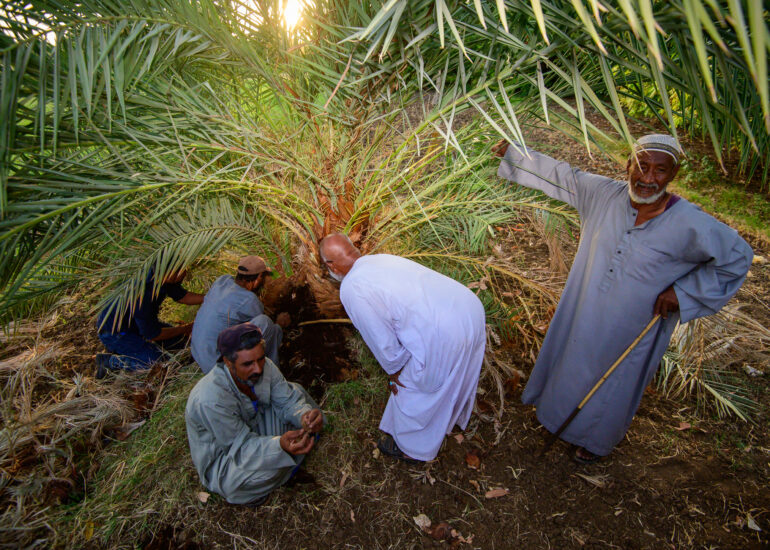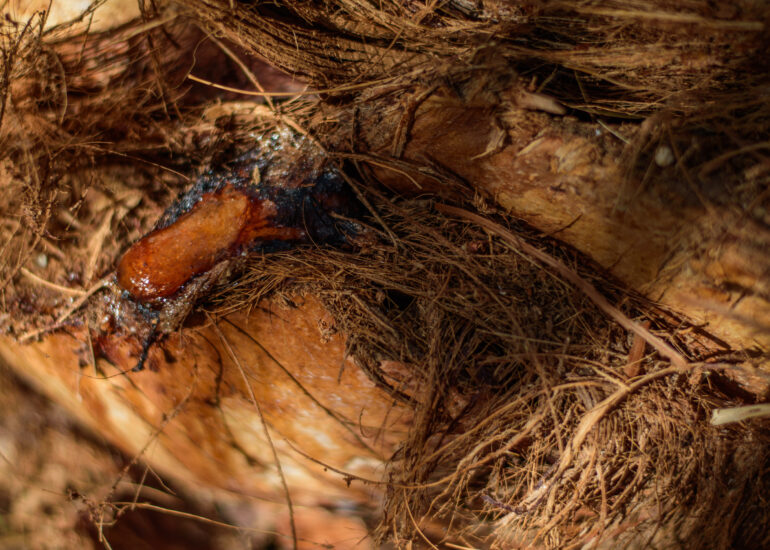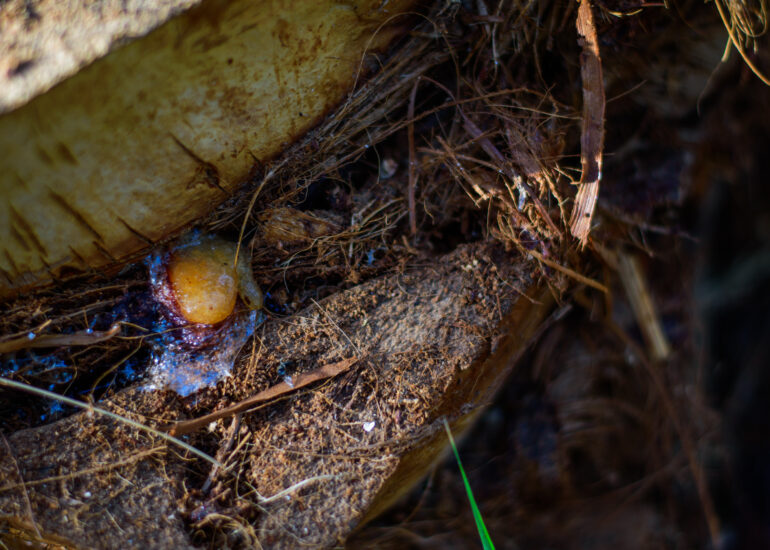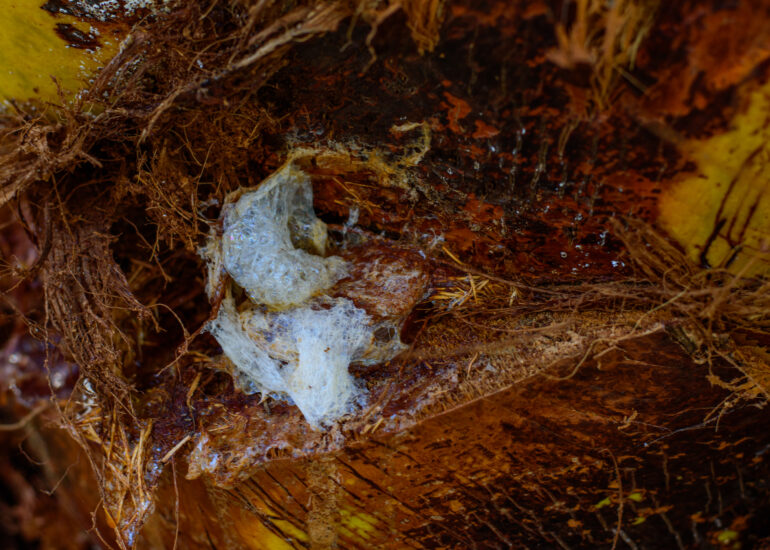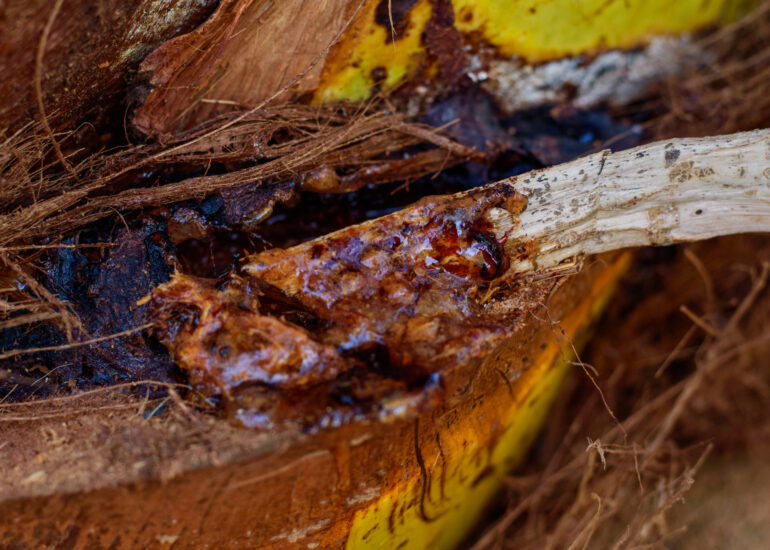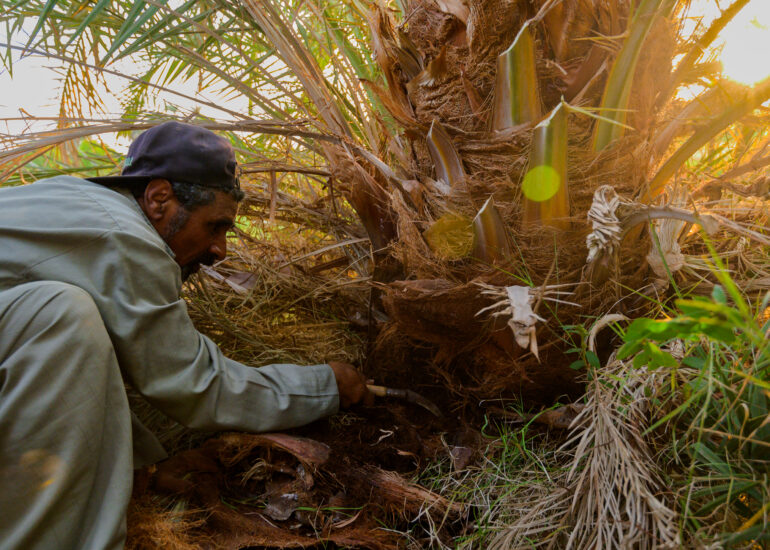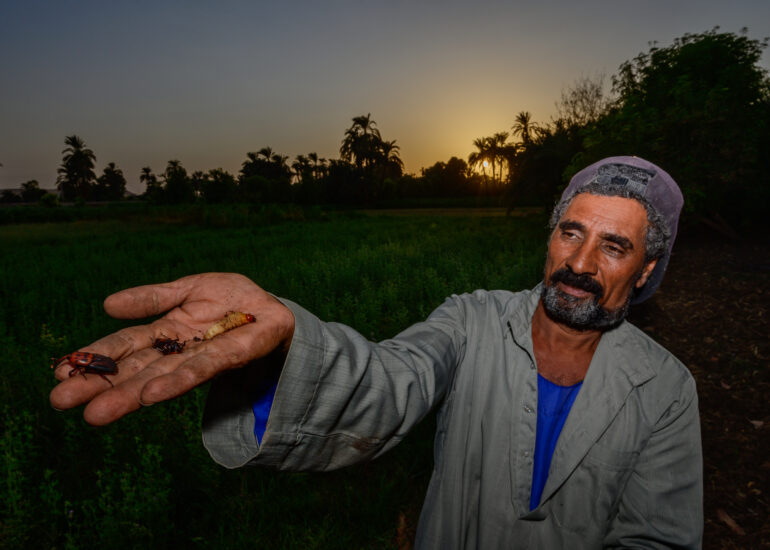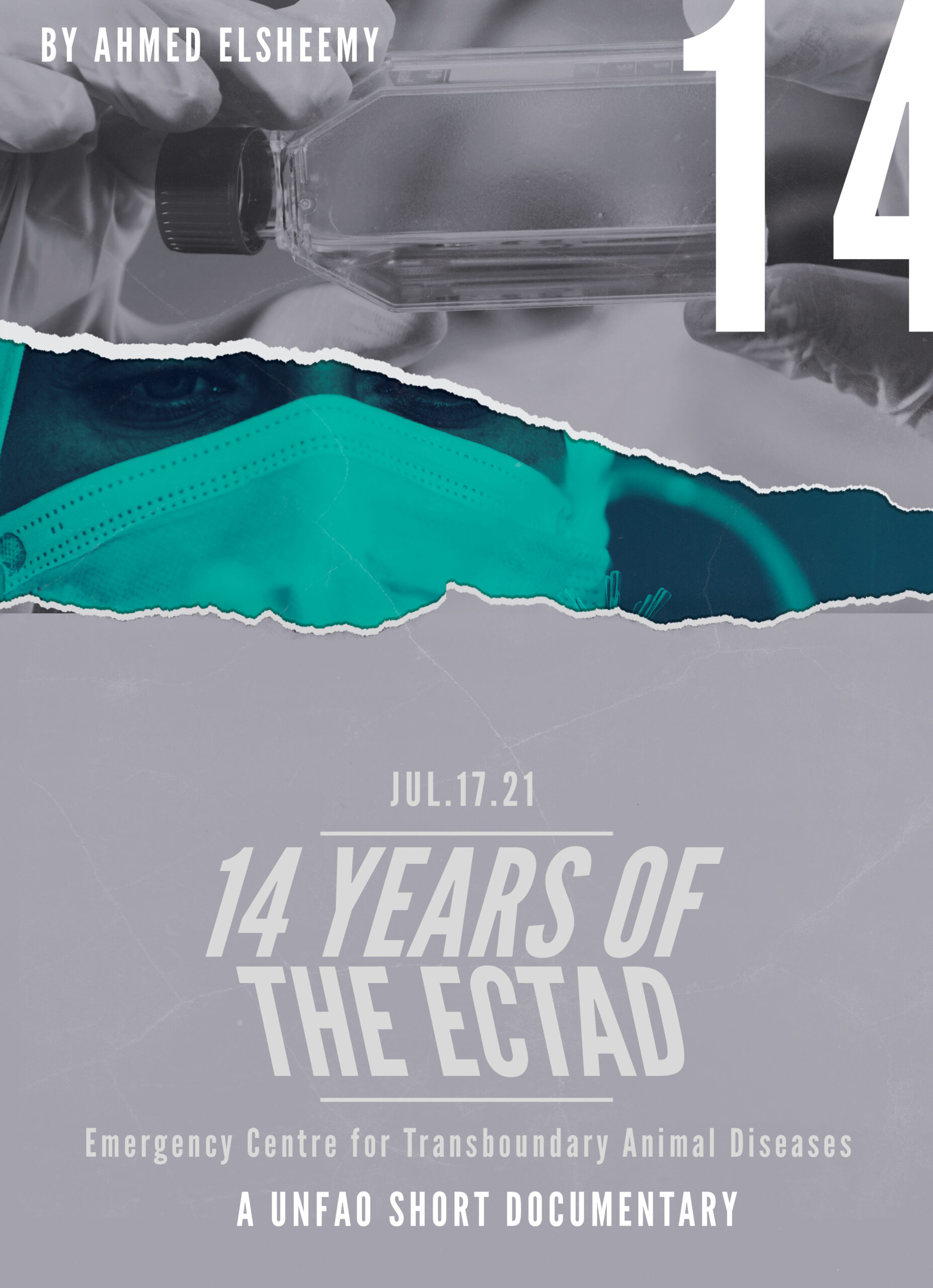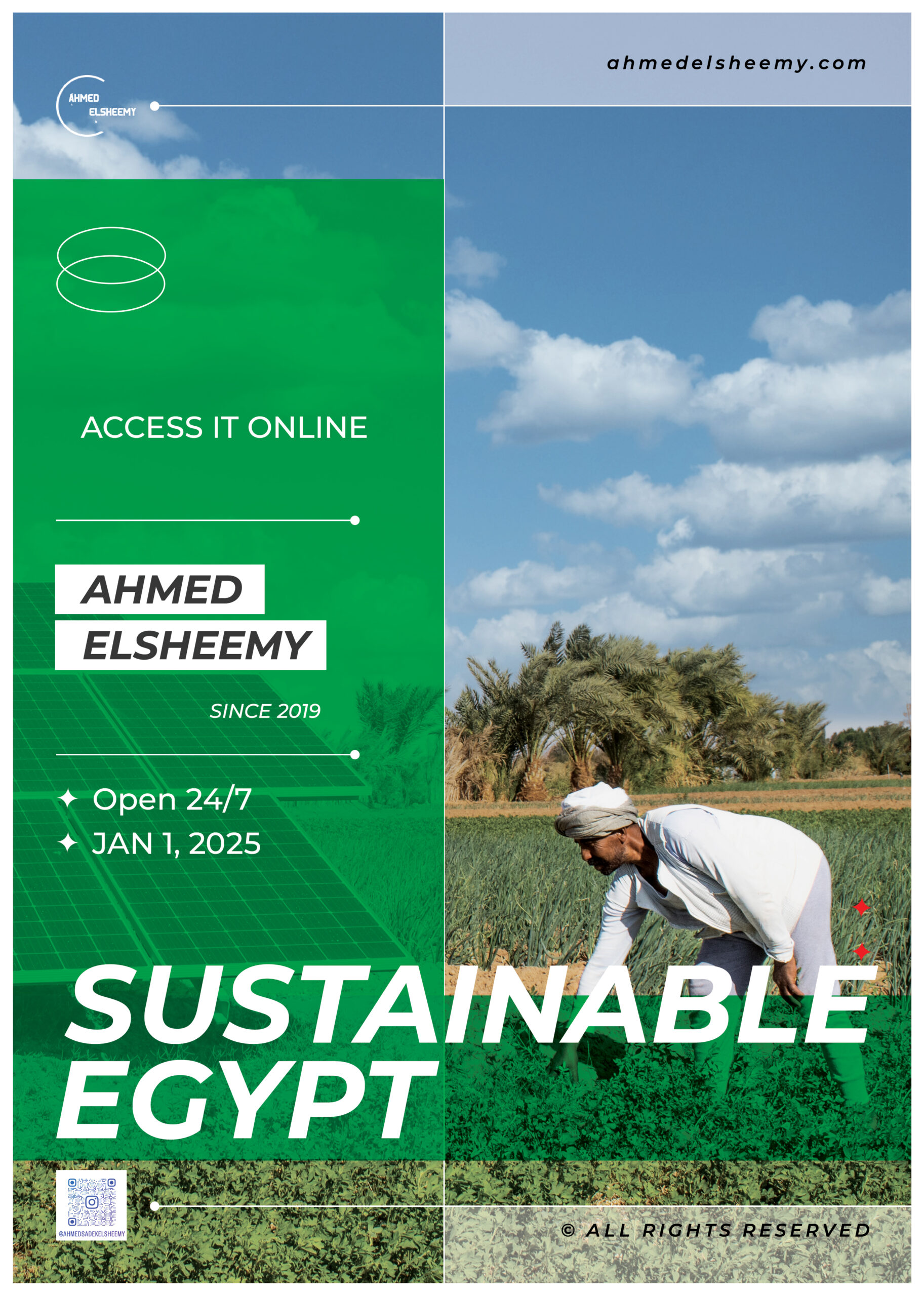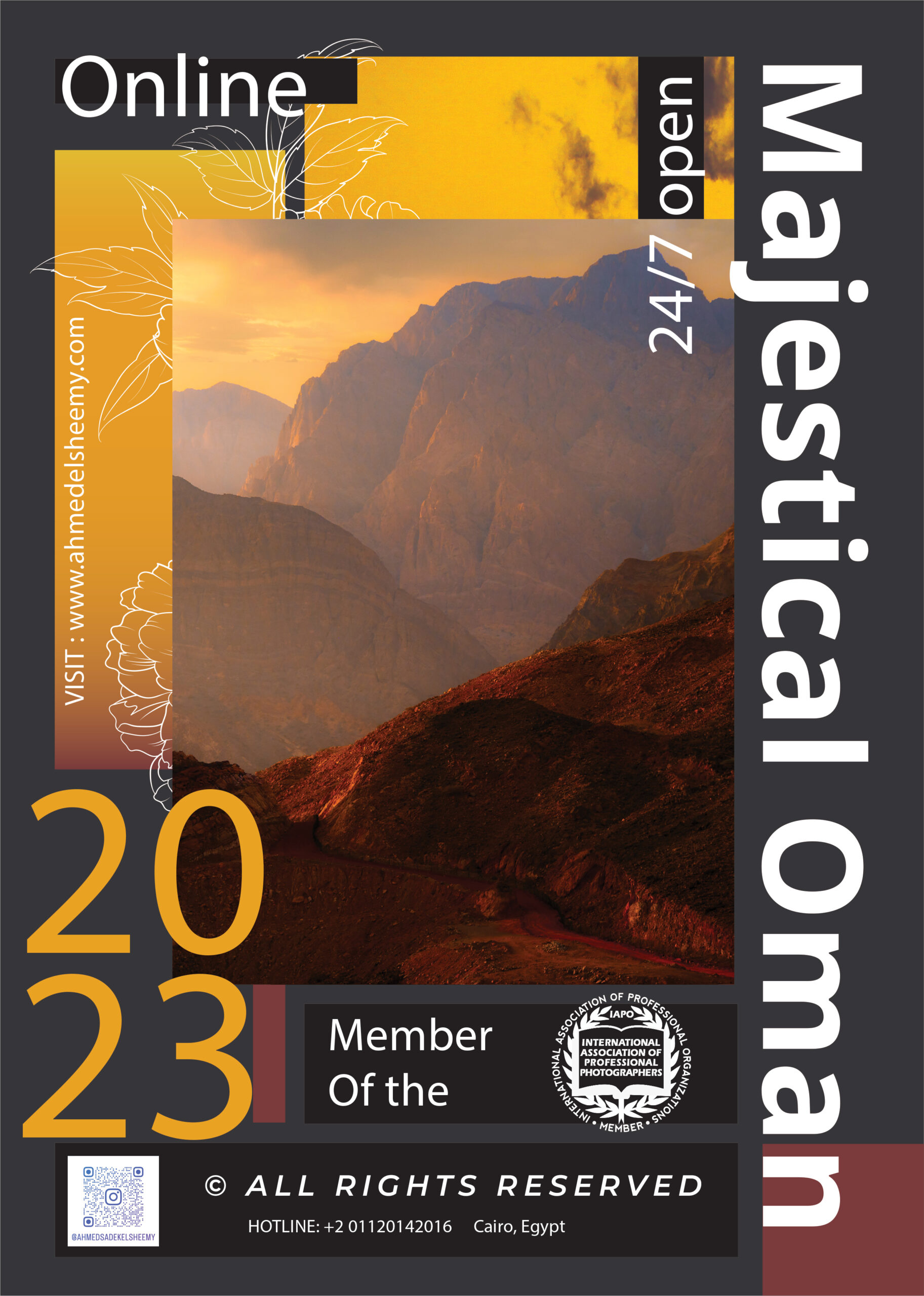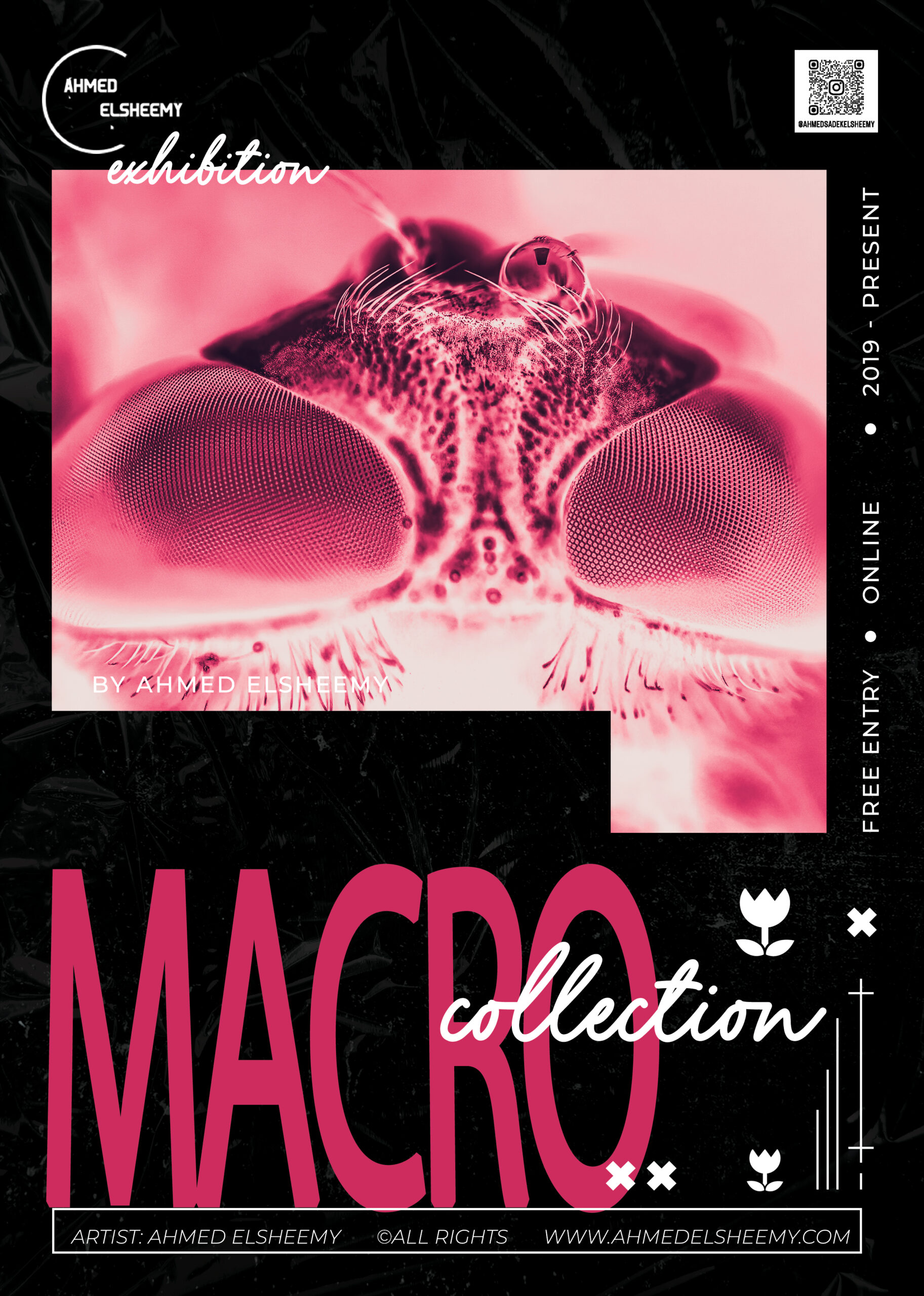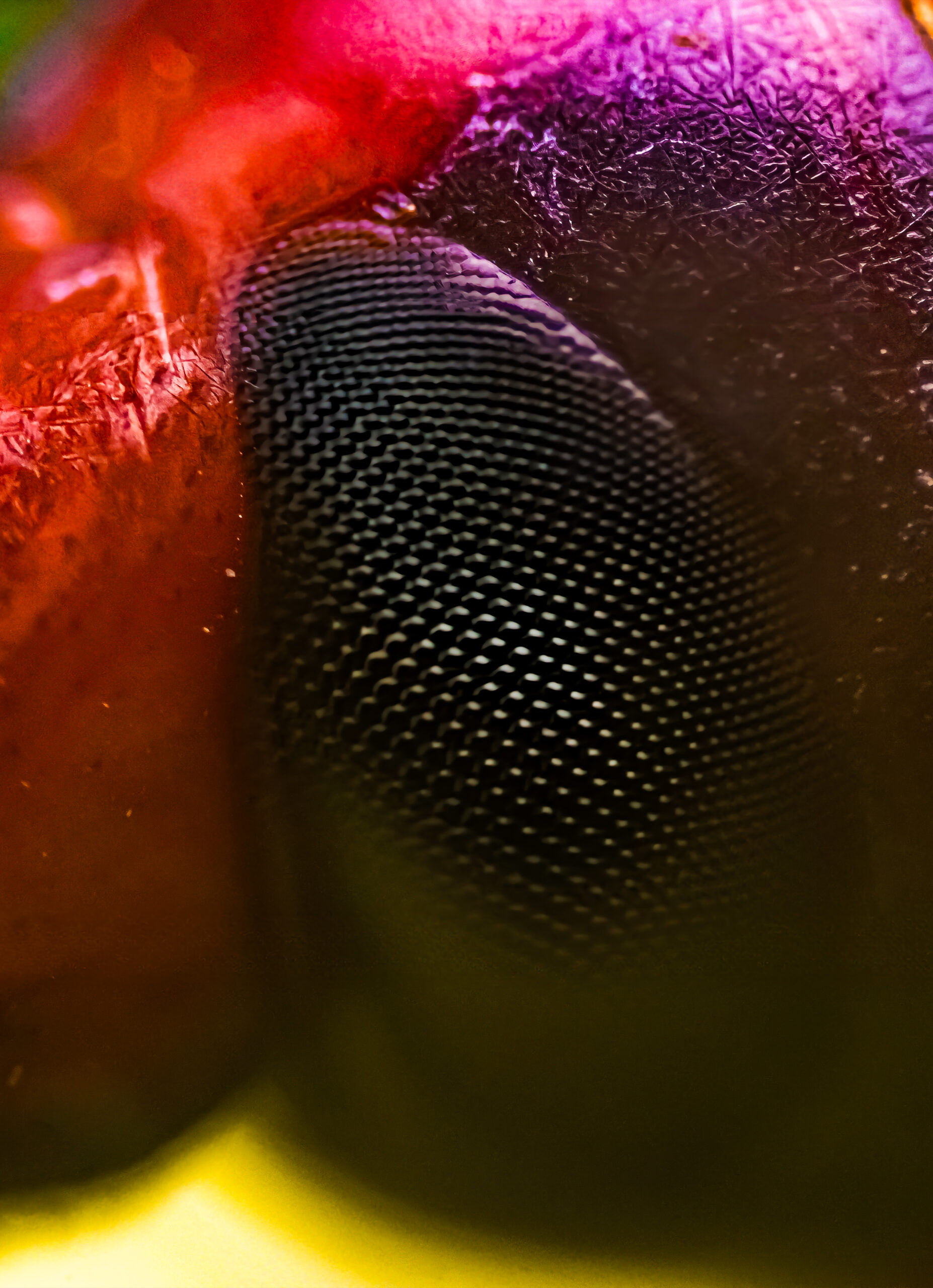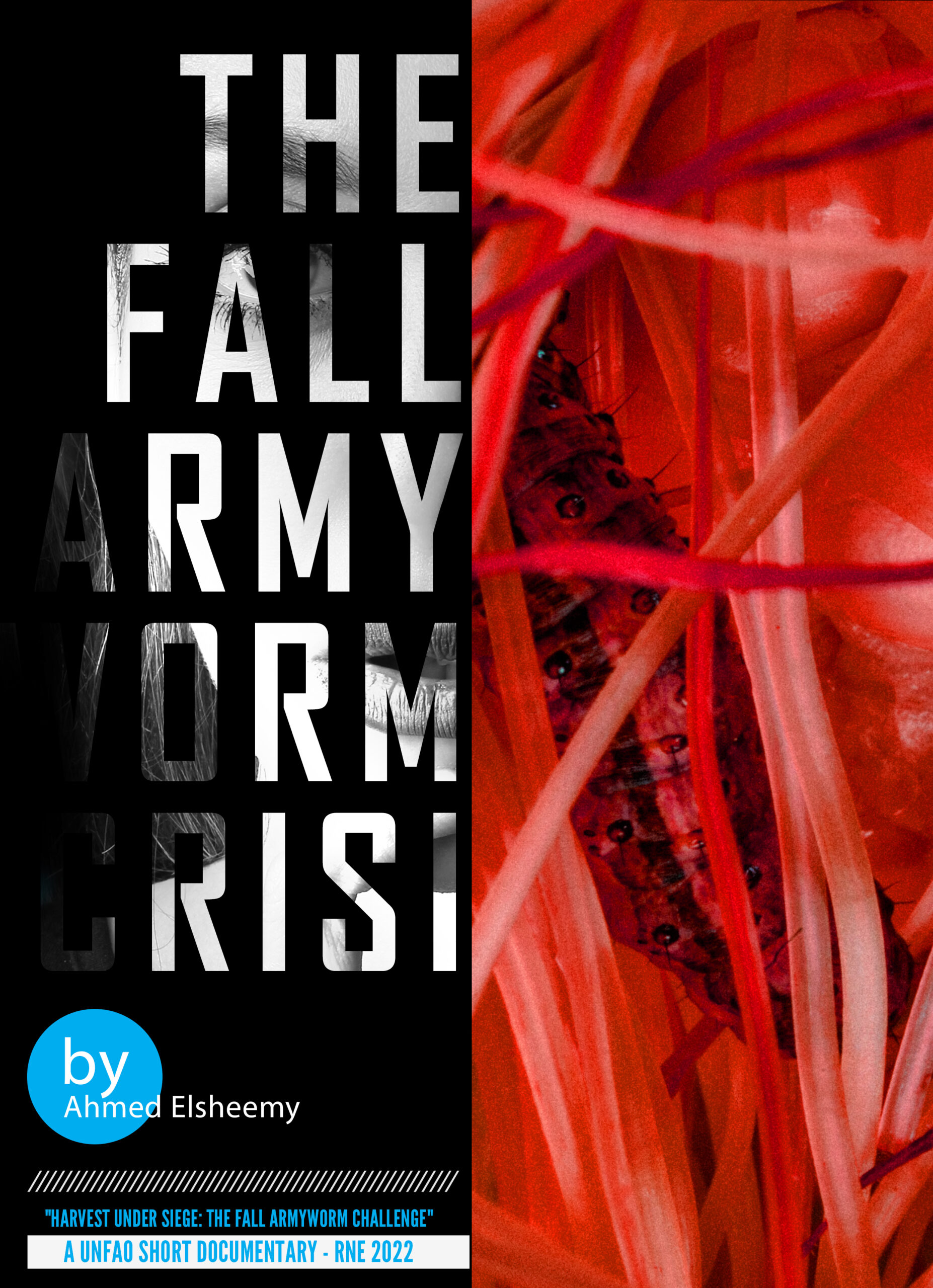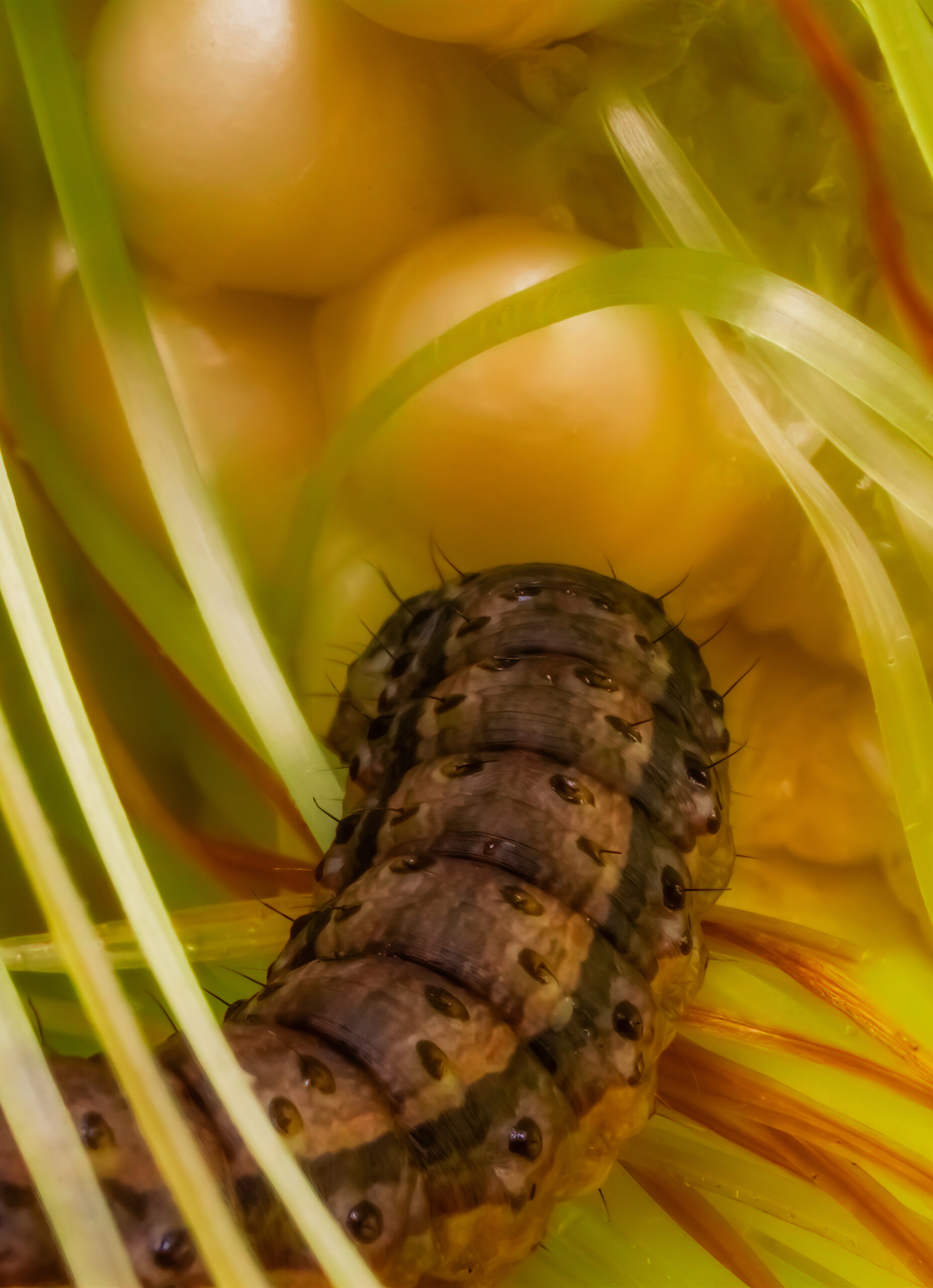Red Palm Weevil
Tiny Monster
The Red Palm Weevil
(Rhynchophorus ferrugineus) is a deceptively beautiful insect that has become a significant threat to palm trees worldwide. With its striking appearance, featuring reddish-brown coloration and distinctive elongated snout, this tiny creature is a marvel of nature, yet it harbors an ecological danger that has prompted global concern.
In this collection, we delve into the intricate details of the Red Palm Weevil through mesmerizing macro photography, revealing not just its captivating beauty but also the impact it has on our environment. From its life cycle to its devastating effects on date palms and coconuts, every image invites you to reflect on the delicate balance between nature’s wonders and the challenges faced by ecosystems in a human-dominated world.
The Red Palm Weevil is considered one of the most destructive pests for palm trees, especially in tropical and subtropical regions. Originating in Southeast Asia, it has spread across the globe, causing significant economic losses in palm cultivation, particularly in date and coconut palm industries. The weevil larvae burrow into the trunks of palm trees, causing structural damage that can lead to tree death within a few months.
Its life cycle includes several stages: egg, larva, pupa, and adult. The female lays her eggs in wounds or crevices in the bark, and upon hatching, the larvae tunnel through the palm’s tissue, feeding on it. This feeding activity not only weakens the tree but also makes it susceptible to secondary infections by pathogens and other pests.
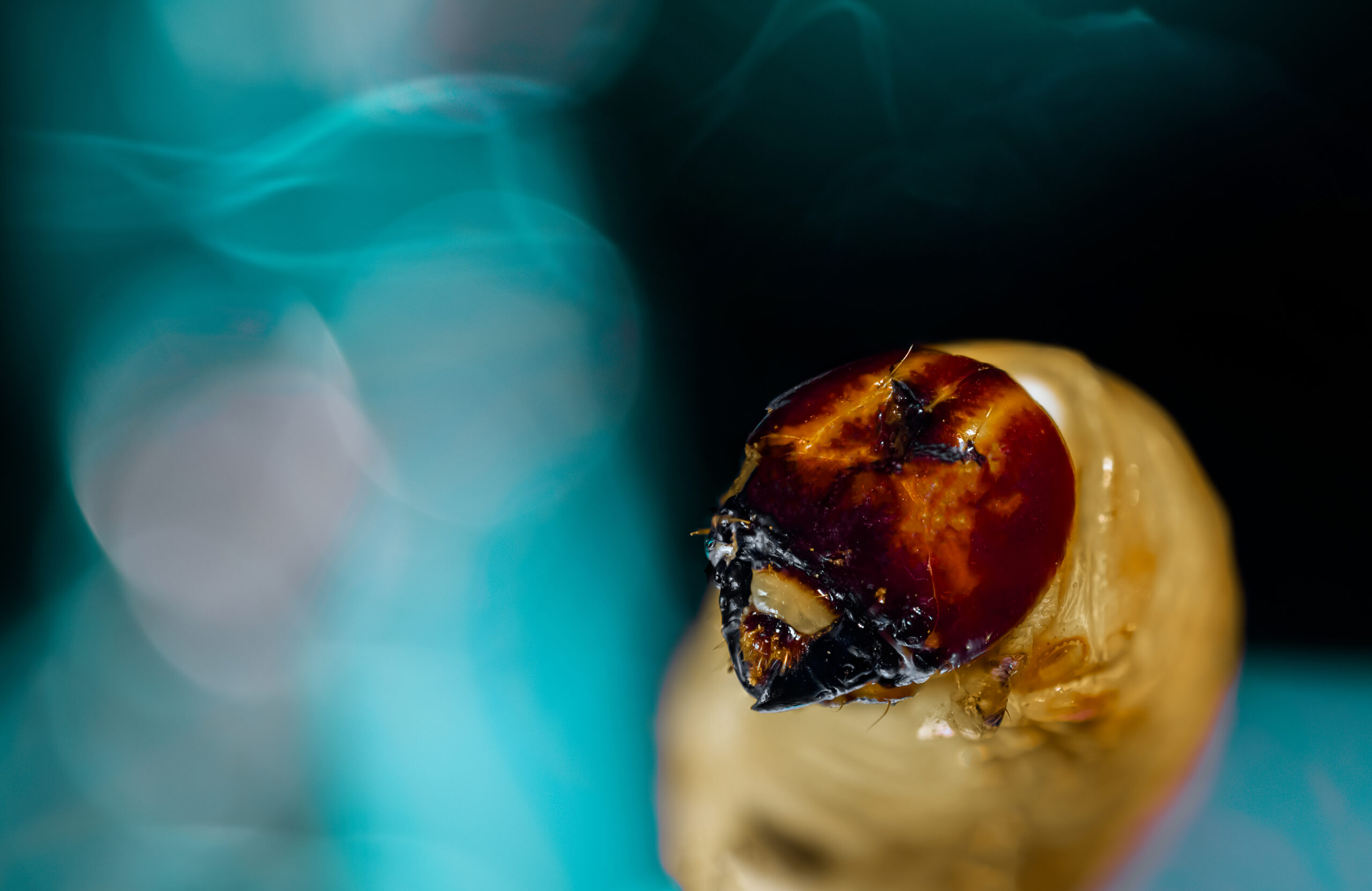

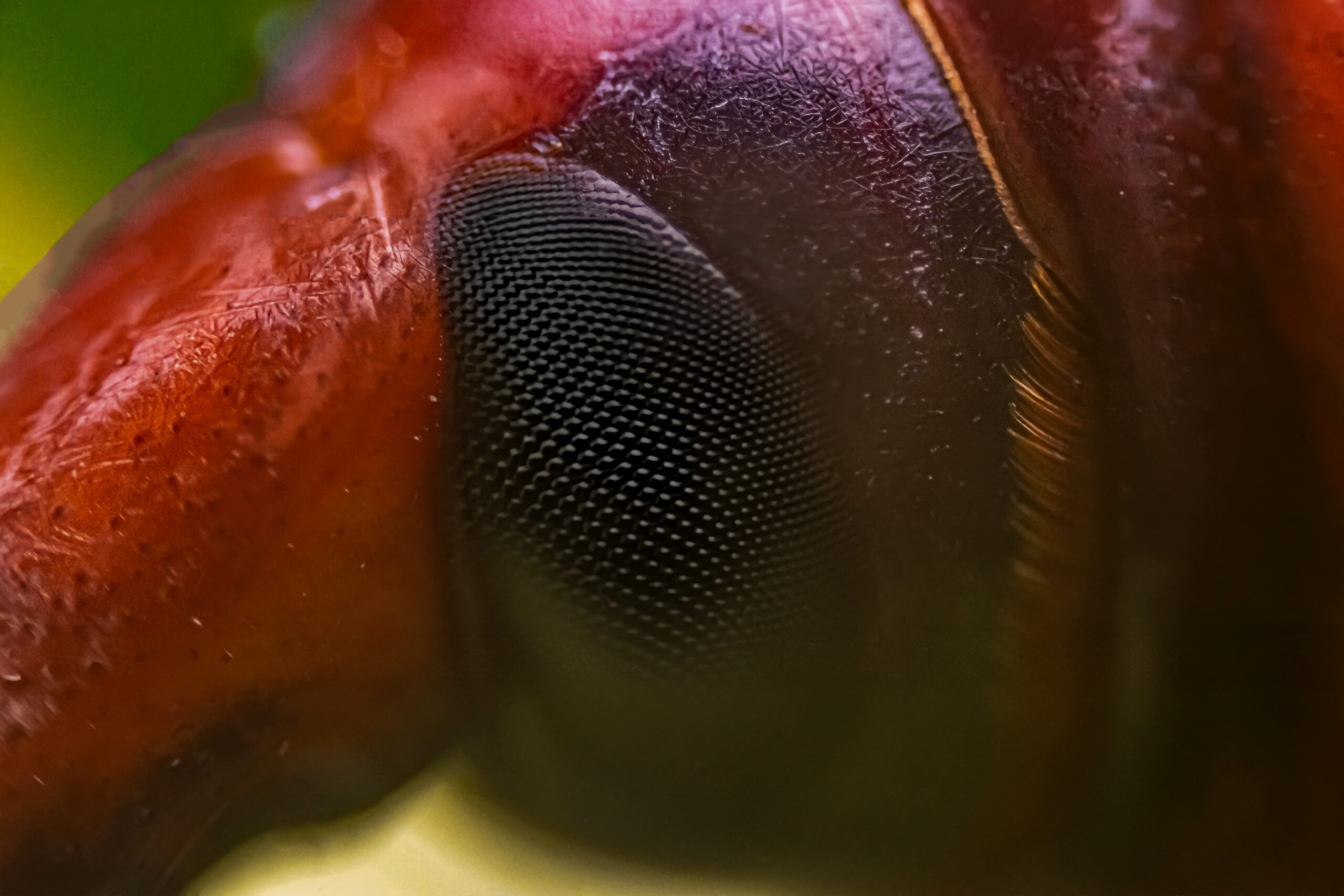

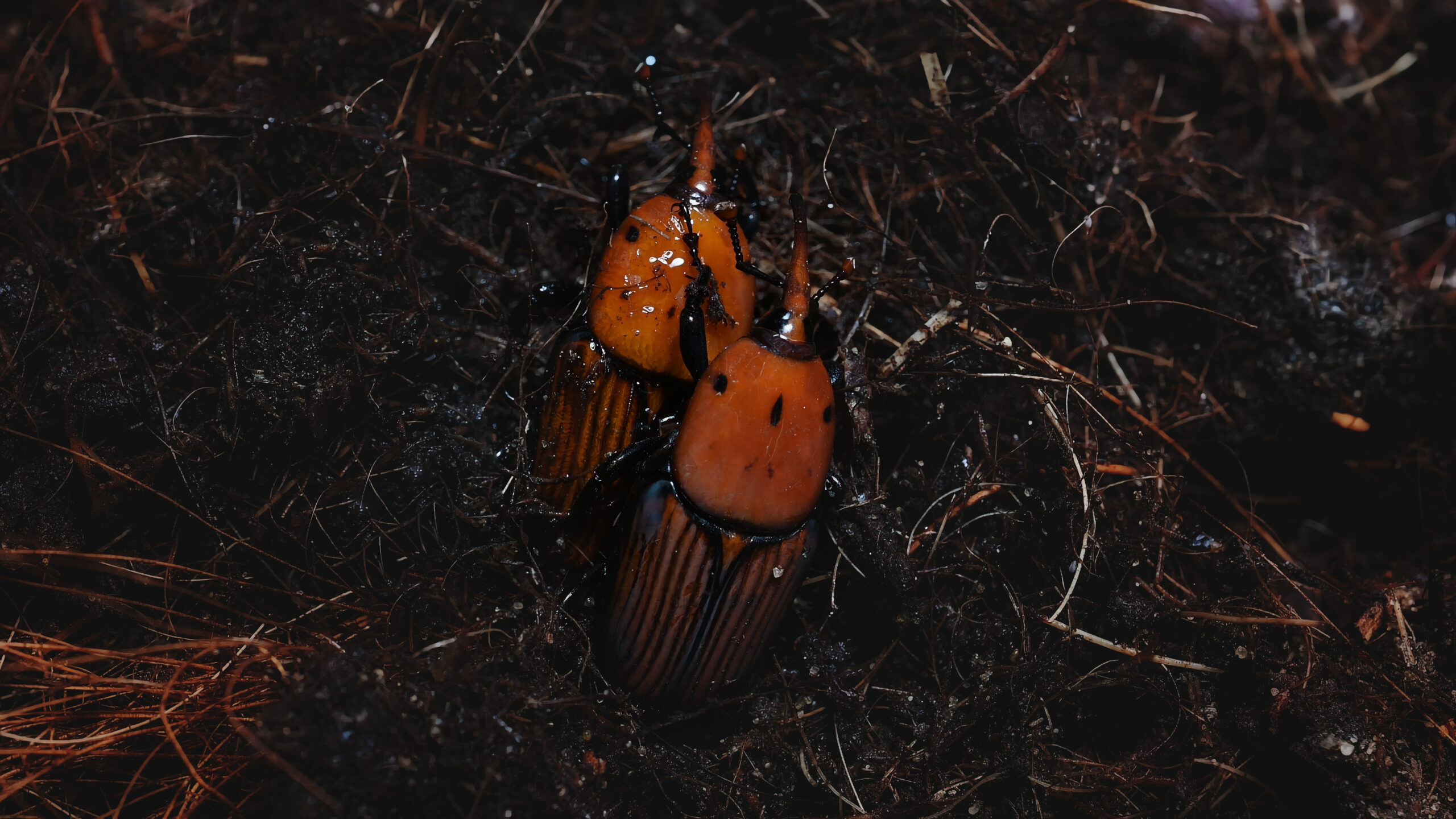
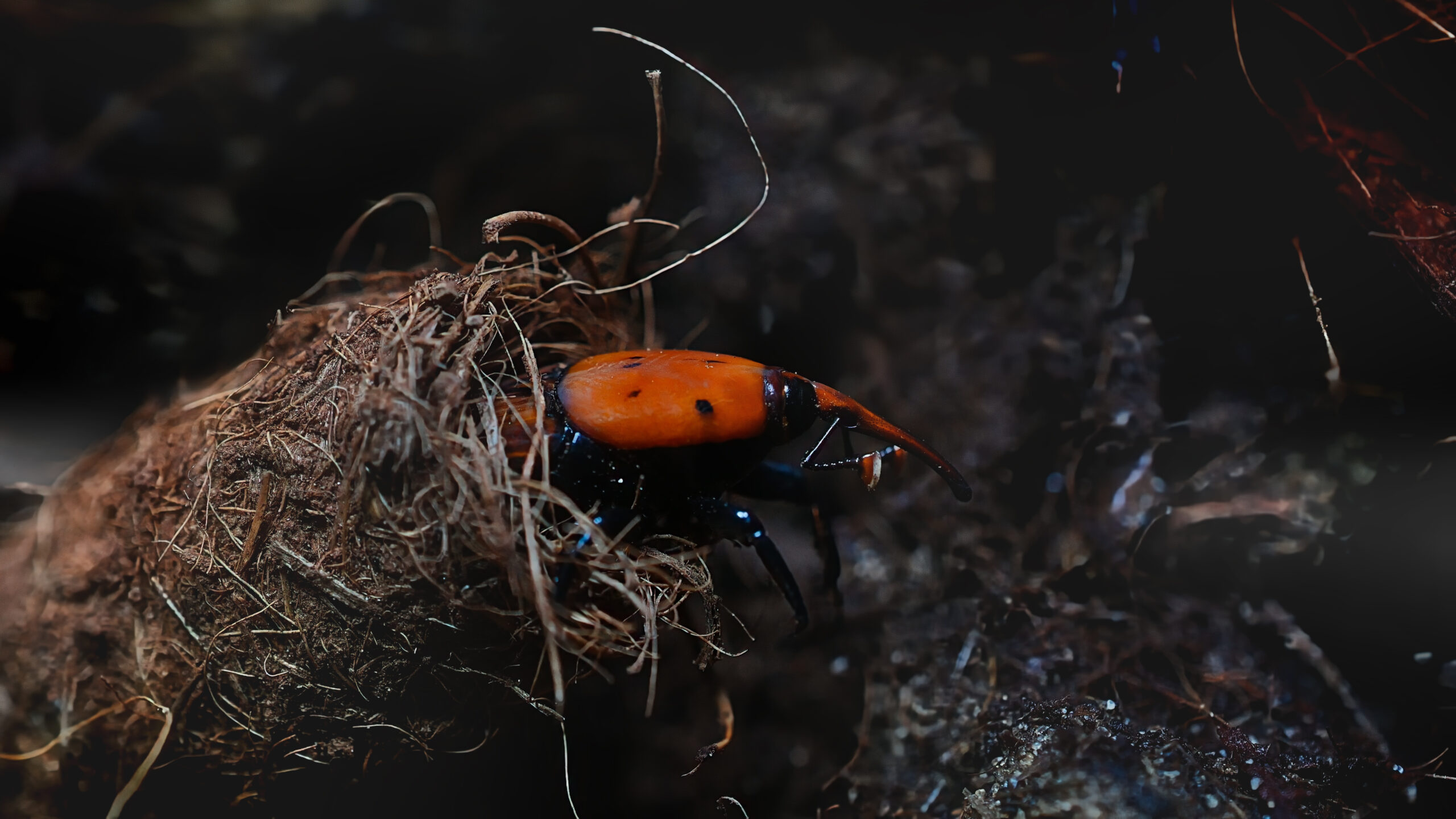
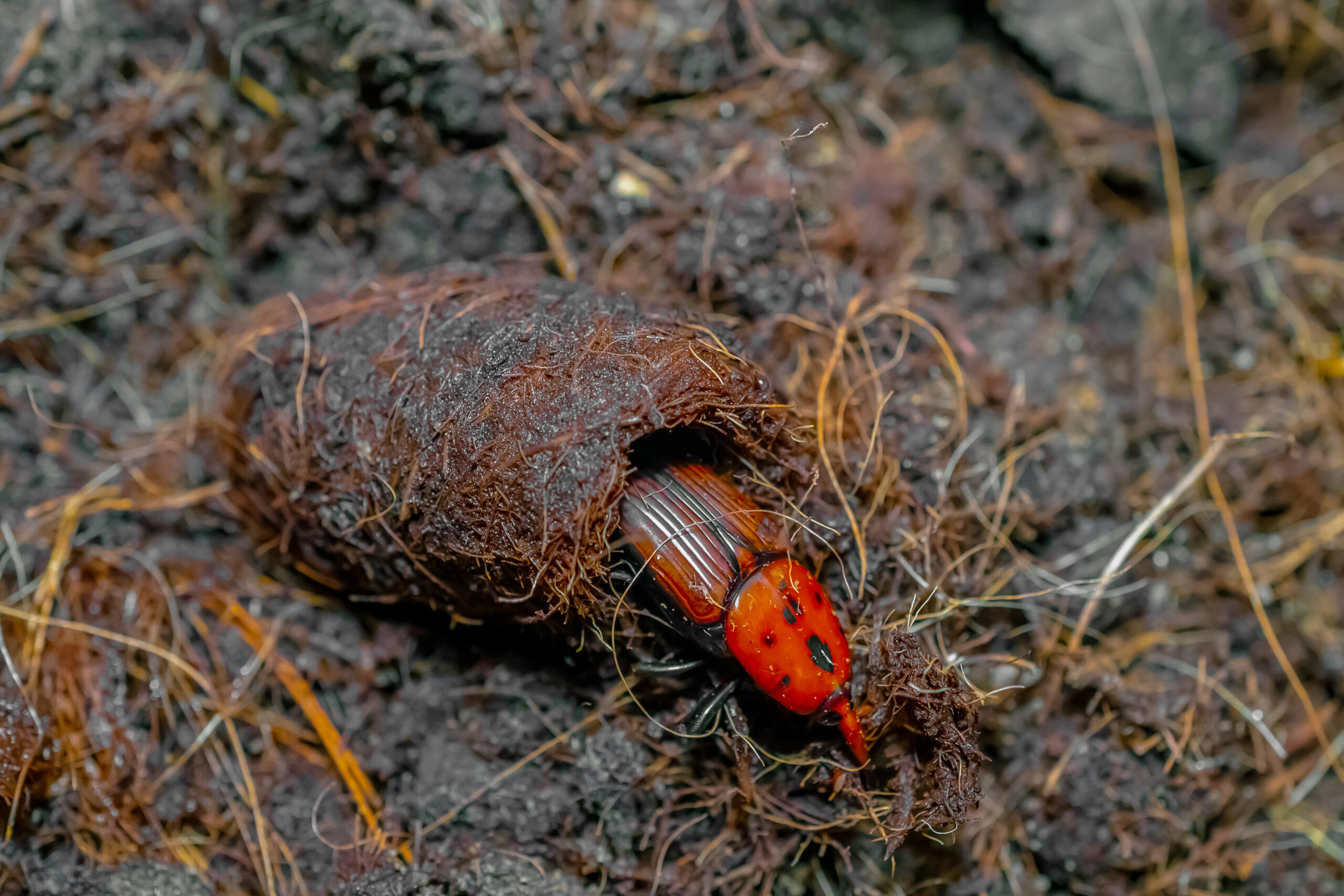
The spread of the Red Palm Weevil has been exacerbated by global trade and the movement of infected plant materials. Moreover, climate change and environmental factors have contributed to its proliferation, making management and control challenging. Preventative measures include monitoring palm health, using traps, and applying biological control methods, as chemical pesticides can have detrimental effects on the ecosystem.
This collection of macro images aims to raise awareness of the Red Palm Weevil’s impact while celebrating its unique characteristics. By understanding and addressing the dangers posed by this insect, we can better protect our palm ecosystems and the communities that depend on them.
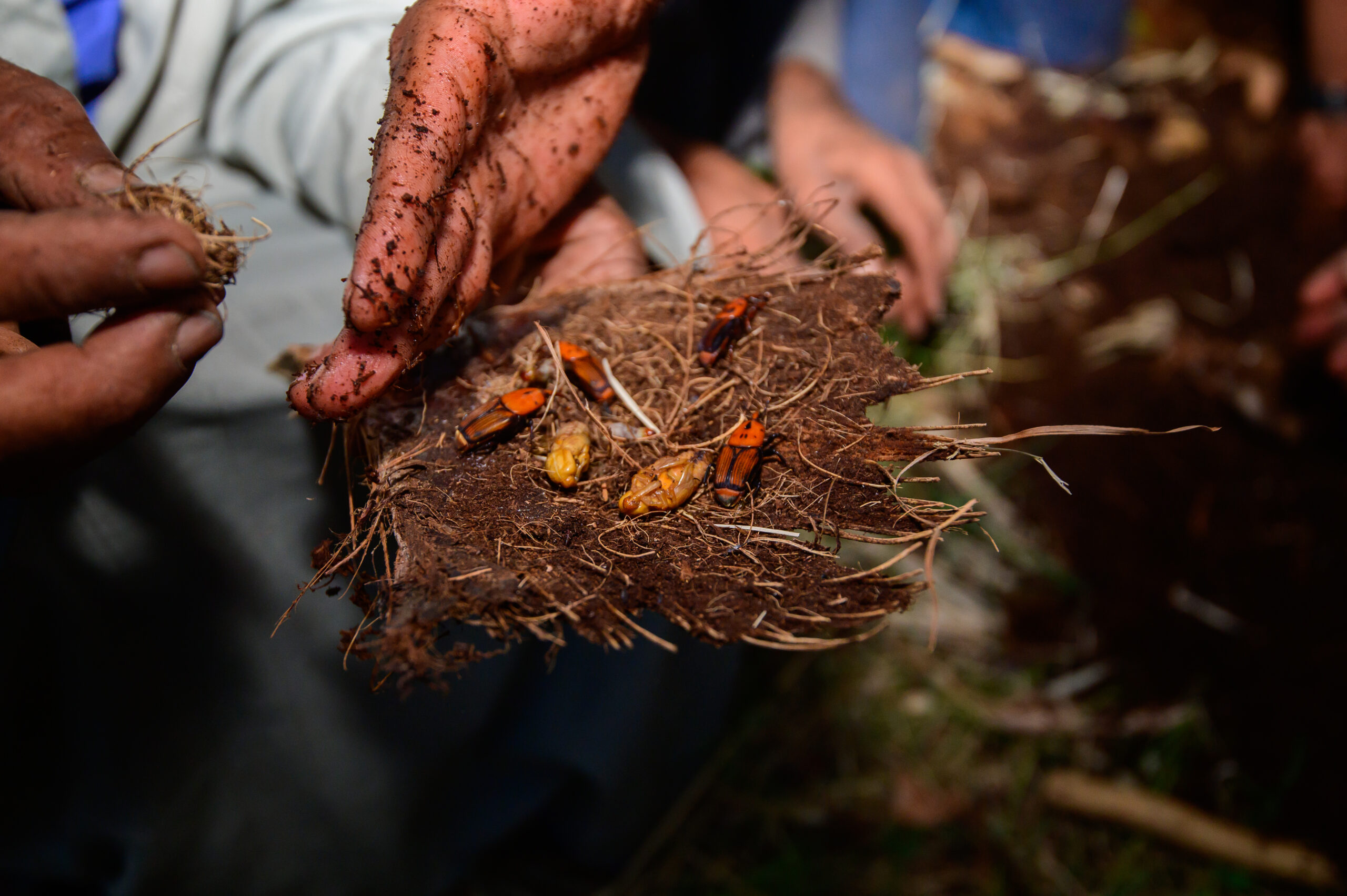
The Red Palm Weevil is considered one of the most invasive and destructive pests affecting palm trees in Africa. It was first identified in Africa in the late 1990s and has since spread to many countries on the continent.
The pest primarily targets species of palms, including the Date Palm (Phoenix dactylifera), Oil Palm (Elaeis guineensis), and various ornamental palms. The weevil’s larvae feed on the inner tissues of these palm trees, leading to severe damage.
The infestation of Red Palm Weevil has significant economic repercussions on the palm oil and date industry in Africa. It leads to losses in production, increased management costs, and lower income for farmers and local communities.
Common symptoms include entry holes, presence of frass (wood powder), wilting fronds, and eventual tree death if not treated. These symptoms make early detection crucial for mitigating damage.
The Red Palm Weevil spreads primarily through the movement of infested plant materials, including palms and palm products. It can also be spread by natural movements and by humans via agricultural practices.
Integrated pest management (IPM) practices are recommended for controlling RPW infestations. This includes the use of pheromone traps, biological control agents, and chemical treatments, coupled with cultural practices to maintain palm health.
Researchers are exploring biological control options, such as the introduction of natural enemies like parasitoids and predators, to help manage RPW populations in Africa.
The use of chemical pesticides to control the RPW can have negative impacts on non-target species and the environment. Therefore, sustainable practices are being sought to ensure ecosystem health.
Organizations, governments, and researchers in Africa are working to raise awareness about the Red Palm Weevil, promote early detection, and improve management strategies to protect valuable palm resources.
As the Red Palm Weevil damages economically important palm species, it can lead to biodiversity loss in ecosystems where these trees play a critical role.
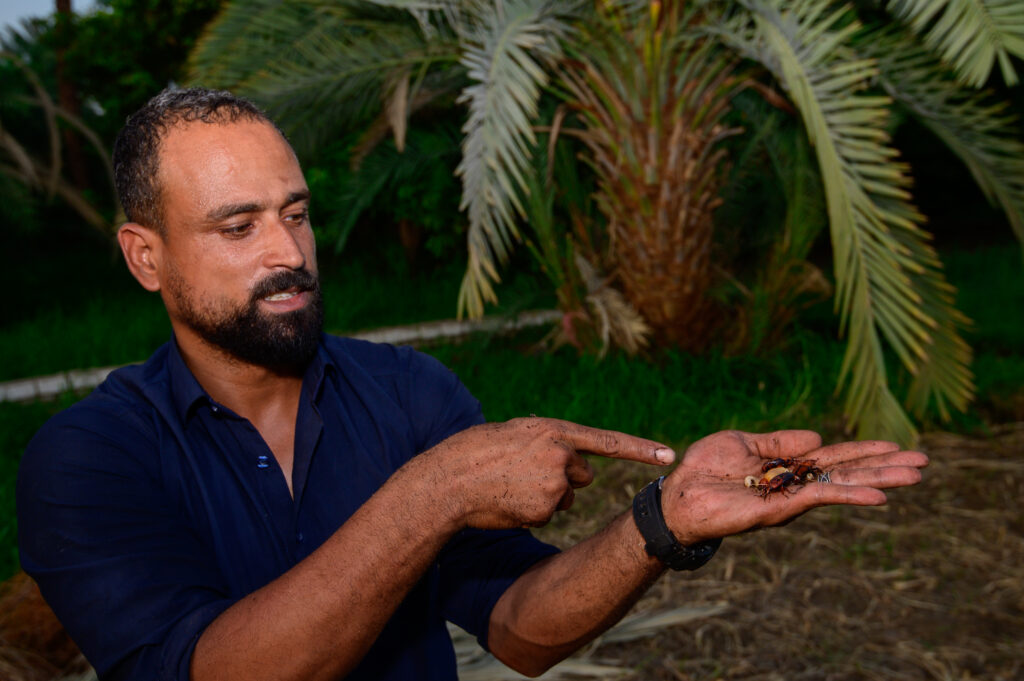
Conclusion:
The Red Palm Weevil poses a substantial threat to palm species across Africa, making it imperative for farmers, policymakers, and researchers to implement effective management strategies and raise awareness about this pest’s impact.
Recently in Portfolio

